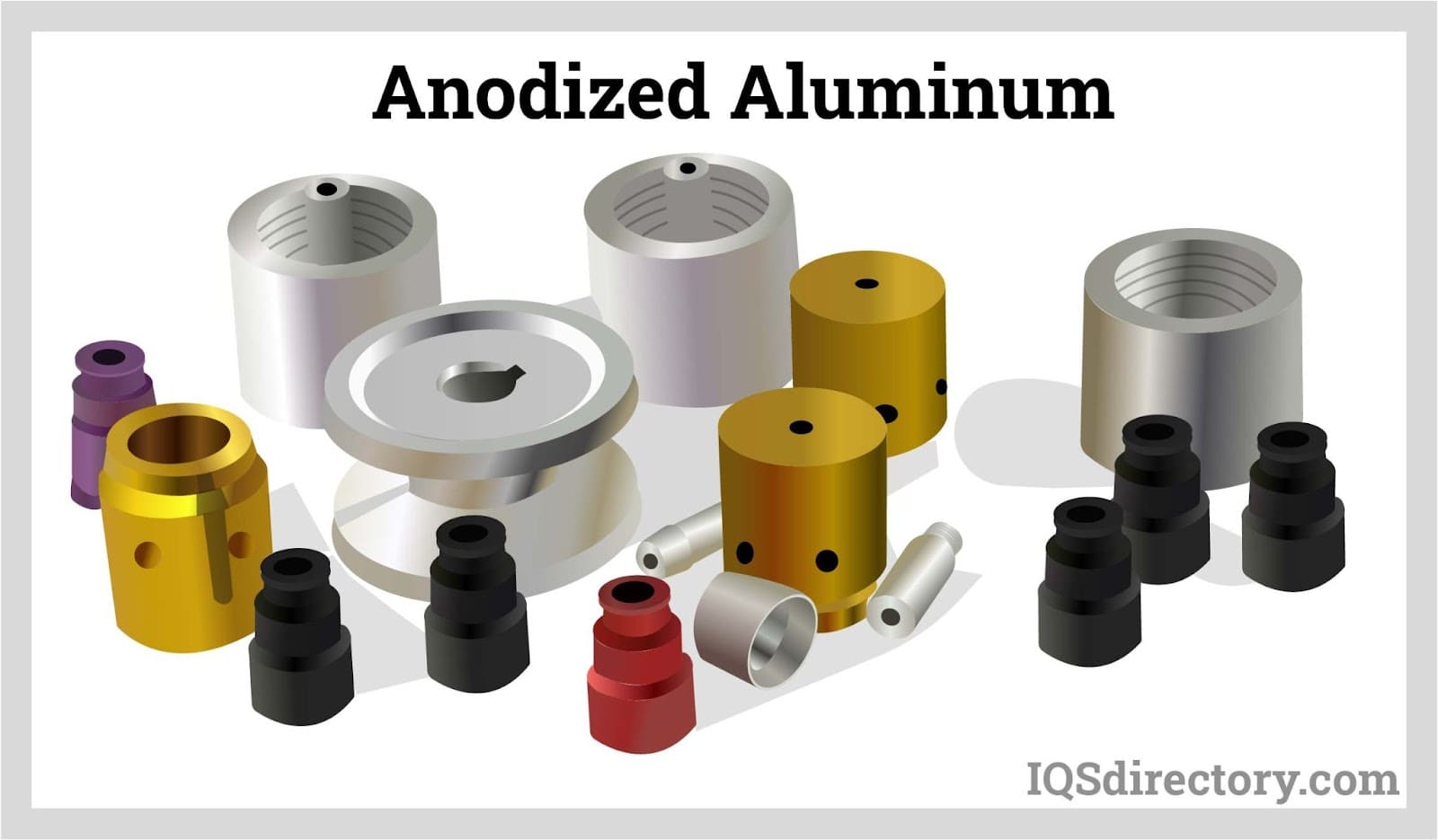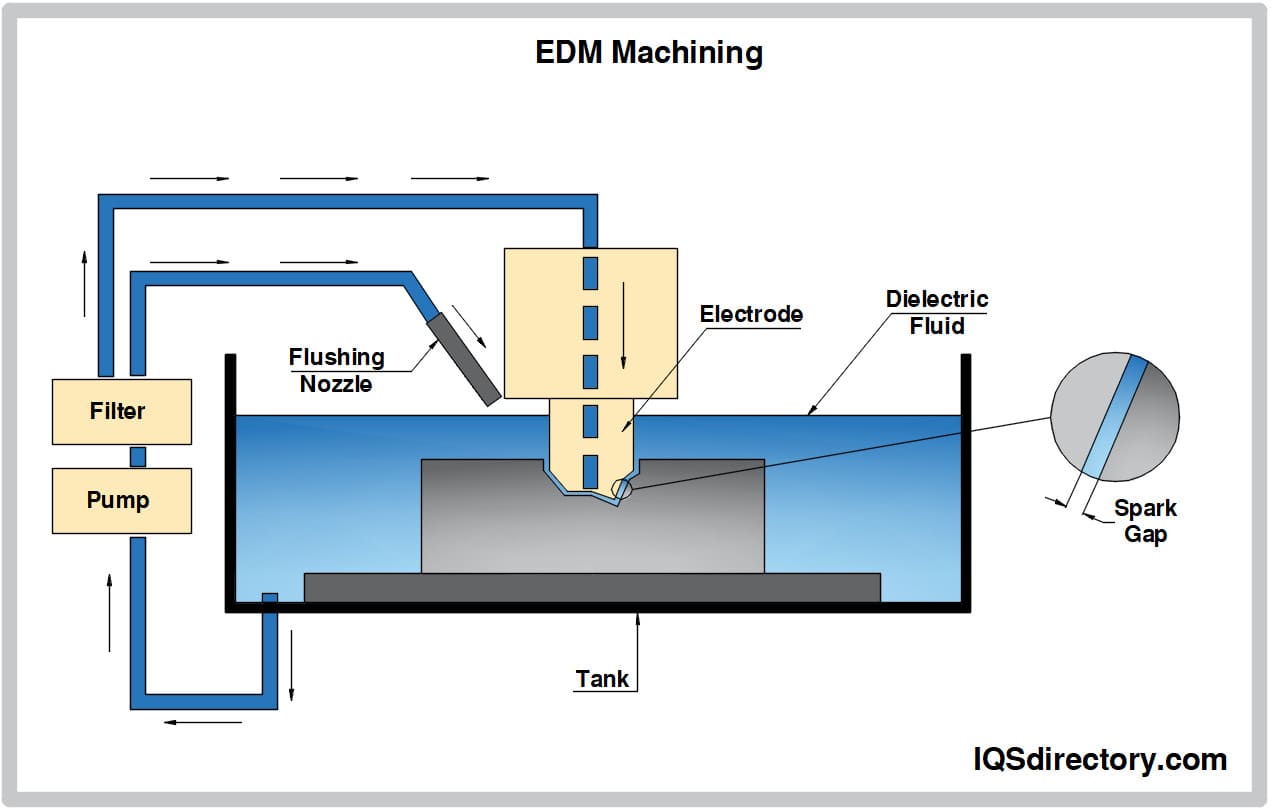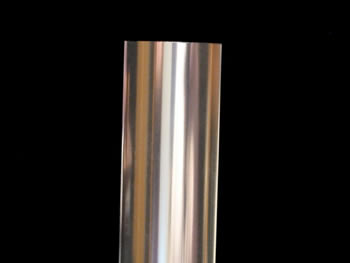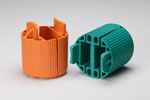We specialize in providing high-quality electroless nickel plating services to a wide range of industries. Our team of experienced professionals are dedicated to delivering exceptional results and meeting the unique needs of each of our clients. If you are looking for a reliable and experienced electroless nickel plating company, look no further than Tompkins Metal Finishing.

Pioneer offers many custom finishing solutions to make your products perform at the highest levels. We are experts in providing specialized finishes to improve the performance for your specific component parts. Whether your product design requirements include finishes to make your product resist corrosion, last longer, look better, slide more freely, bond securely to another material, or many...

At United Surface Finishing, we specialize in advanced metal finishing solutions with a strong focus on electroless nickel plating. We take pride in our ability to deliver precise, uniform coatings that enhance the performance and durability of metal components across demanding industries.

More Nickel Plating Companies
In addition to having multiple purposes, there are multiple methods by which nickel can be plated. One way is by electroplating and the other way is by electroless plating.
Nickel coating is utilized in a wide range of applications and industries including: food processing, for plating of items such as kitchen utensils and cookware; industrial manufacturing, in which plating is performed to protect facility equipment and supplies such as storage tanks from corrosion; residential, for the plating of household appliances and fixtures such as bathroom door knobs; petroleum, used to plate essential components such as oil field valves and fuel rails; and automotive, for plating of power transmission parts such as drive shafts. Specific standards that certain types of nickel plating must adhere to are set by organizations such as the American Society for Testing and Materials (ASTM), the Society of Automotive Engineers (SAE) and the Aerospace Material Specification (AMS).
The two previously mentioned methods of nickel plating differ in several ways; however, there is one vital distinction being that electroless accomplishes nickel deposition without the use of an electrical current, which is something that is required by the electrolytic nickel plating method. However, nickel is the most common material used in electroless plating processes, and there are a variety of ways in which nickel can be electroless plated.
For instance, there are two main nickel alloys that are utilized in electroless nickel plating processes: nickel-phosphorus and nickel-boron. In addition, there are three main types of nickel-phosphorus: low phosphorous, medium phosphorous and high phosphorous. Some characteristics of low phosphorous electroless nickel are a uniform thickness and high corrosion-resistance, particularly in alkaline environments. Medium phosphorous electroless nickel, conversely, has the characteristics of high stability and the ability to be offered in various degrees of brightness including very bright and semi-bright.
Lastly, high phosphorous electroless nickel features the beneficial characteristics of low porosity, high stain-resistance, and extremely high corrosion-resistance. Also, there are two main ways in which nickel can be electroless plated: barrel plating or rack plating. In barrel plating numerous small pieces are plated at once, while in rack plating is used for either large parts, fragile parts or complex parts.










 Aluminum Anodizing
Aluminum Anodizing EDM
EDM Electroless Nickel Plating
Electroless Nickel Plating EMI Shielding
EMI Shielding Heat Treating
Heat Treating Metal Coating Services
Metal Coating Services Castings & Forgings
Castings & Forgings Bulk Material Handling
Bulk Material Handling Electrical & Electronic Components
Electrical & Electronic Components Flow Instrumentation
Flow Instrumentation Hardware
Hardware Material Handling Equipment
Material Handling Equipment Metal Cutting Services
Metal Cutting Services Metal Forming Services
Metal Forming Services Metal Suppliers
Metal Suppliers Motion Control Products
Motion Control Products Plant & Facility Equipment
Plant & Facility Equipment Plant & Facility Supplies
Plant & Facility Supplies Plastic Molding Processes
Plastic Molding Processes Pumps & Valves
Pumps & Valves Recycling Equipment
Recycling Equipment Rubber Products & Services
Rubber Products & Services